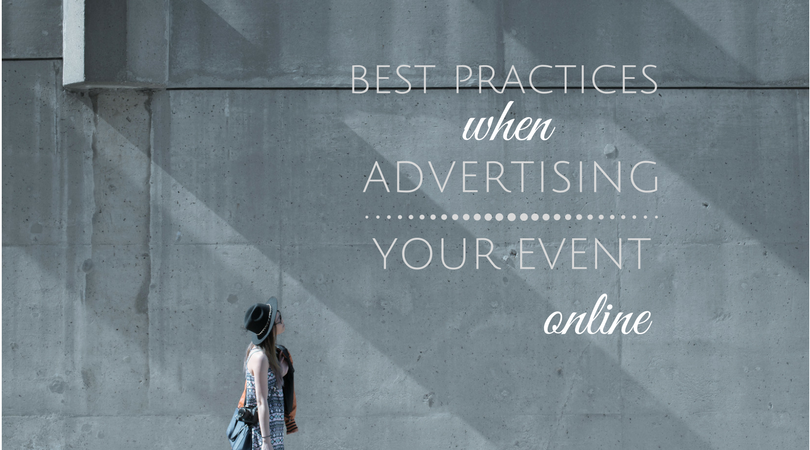Did you know that almost half of the world’s population (and over 75% of the population from Europe and North America) has internet access? And that on a daily basis Google and Bing gather more than 5 billion online queries? If so many people use online searches for information (and to actually buy products/services) what can we do to get a slice of this big pie? The short answer would be Search Engine Marketing; SEM has different areas to focus on but today I would like to tell you more about long tail keywords and how they could lift up your business.

What is Search Engine Marketing?
SEM is the form of internet marketing that has the purpose of increasing a site’s visibility in search engines results pages.
The two main components of SEM are Search Engine Optimization and Pay Per Click, both of which I’m sure you have heard of, so I’ll just mention how each work (as a short reminder):
Search Engine Optimization- the process of increasing your site’s visibility in the search engine machines by:
- Selecting good keywords and focusing on them
- Creating good and unique content
- Creating a good structure for your website
- Building links (internal and external)
- Including the selected keywords in your site’s title, pages, articles, Meta Tag Title, meta description etc
- Providing best possible user experience (speed, cross-device compatibility etc.);
- and more.
Pay Per Click: or cost-per-click (such as Google AdWords or Bing Ads), paid search advertising where you select the keywords for which you want to be listed (when someone searches for them) and pay when someone clicks your ad. For the search engine to determine which ad appears where the process includes an auction (you select how much you’re willing to pay for every click) and a quality score (how useful is your ad for the user: relevance, landing page etc.).
What are keywords? We use the term keywords for words or phrases that people search for online, through search engines. So what you type in the text box when you use Google, Bing or other search engines falls into this category.
The generic term keywords has 2 categories:
Head (or short tail) keywords:
Keywords that are most frequently searched for (usually the “head” has 1 or 2 words)
and
Long tail keywords:
more specific keyword phrases (usually the long tail phrase has more than 3 words)
But if head keywords have hundreds of thousands (or even millions) of searches each month why would anyone concentrate on anything else, right? Well, here are some advantages of using long-tail keywords, especially if you have a smaller event planning business.
75% of the search queries use long tail keywords
This means that there are some keywords that can be found in hundreds of thousands of searches each month but most of the searches contain more specific long-tail keywords. So while the main focus is on one-quarter of the pie, there are still 3 quarters left for us to work with. There are tens of variations of a long tail keyword and each of them can bring you tens or hundreds of visitors that are further along in the buying cycle.
Search Engine Marketing is a very competitive field
SEM is a process that takes time and involves a lot of work if you want to make it in the “big league”. If you construct your keyword strategy based on a very popular head keyword you will be in direct competition with all the big event planners all over the world, even if they are not your direct business competitors.
SEO – bigger companies have more resources to invest in their websites and it is easier for them to generate more content (and search engines love sites that have more pages).
PPC – an important part of PPC is the auction for keywords and a very popular one can become extremely expensive.
If I search for “event planner” there are 28,700,000 relevant results on Google…it is hard to compete with all of them.
Let’s say that you organize leadership conferences and work in the UK. And you want people to find more about what you do, when is your next event and other useful information. If you focus on “event planner” as keywords you will enter a ferocious competition with companies all over the world for a keyword that surely is more relevant for others than for you.
Long tail keywords have a better conversion rate
Using the same example as above think that someone uses “event planner” for an online search. That person may look for information on how to become an event planner, or he/she may look for someone to plan a wedding in Japan, a business summit in India or an Indie concert in Kansas City. It’s true, there are tons of searches for “event planner” each month, but this is because “event planner” can mean different things in online search terms. On the other hand, if someone uses “leadership conference in England” or “leadership summit 2017 Merseyside” for a search he has a real interest in your type of event.
Using long-tail keywords you can focus on what really makes you stand out from the crowd. For example we, at Oveit, know that our feature that allows you to use cashless payments at your events represents our advantage; so we tend to use it more than the classic “online tickets”. Use your strengths when you communicate your message and you will have the perfect match for your customers.
